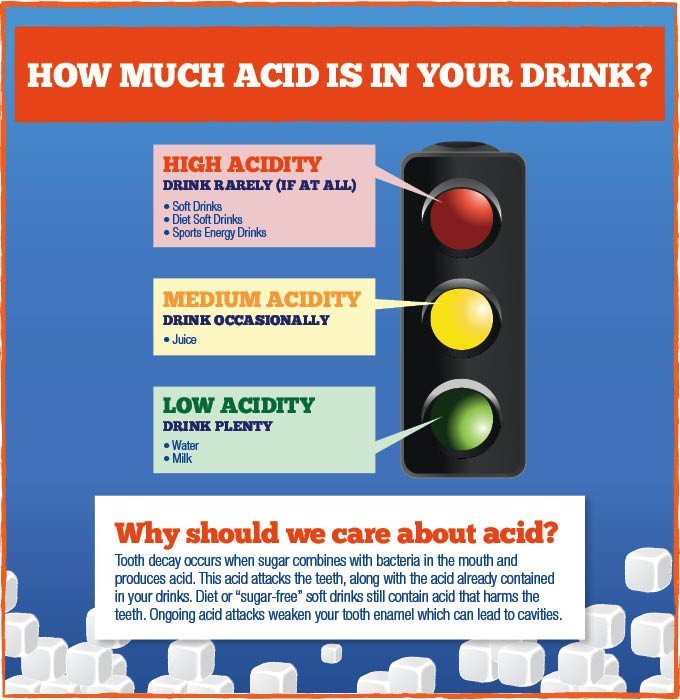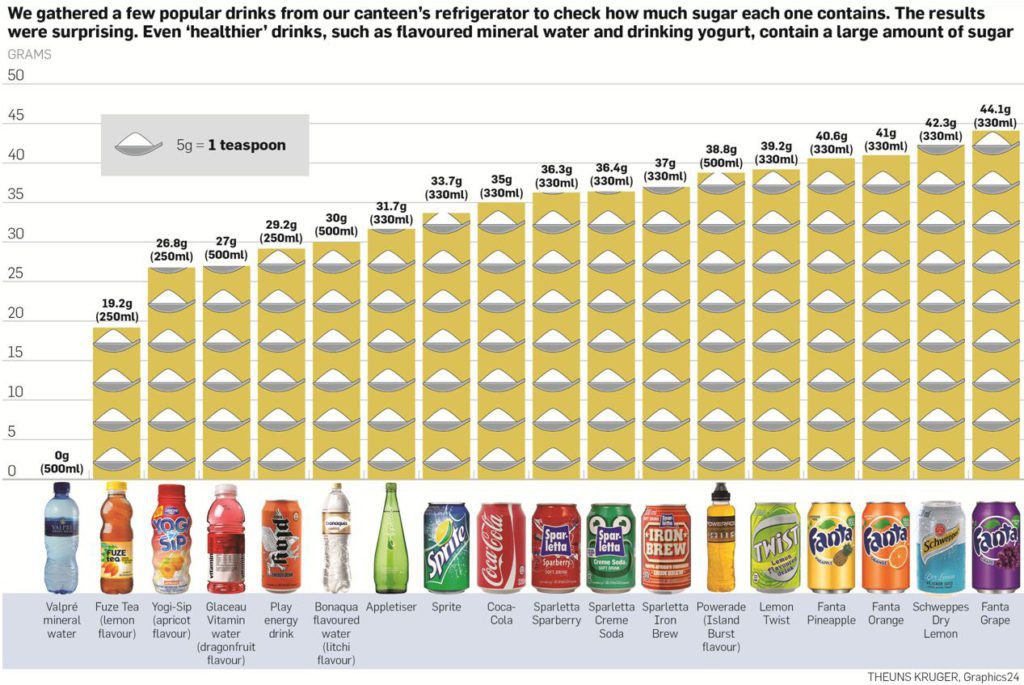Carbonated drinks sure are the life of the party but they also have become a major preference of the daily diet. If not daily they have become a first choice of drink in general, in many of our lives. Carbonated soft drinks aren’t ideal for healthy living, it’s supposed to be a well-known health notion or IS IT really?
I question because of the following facts:
- Research has found High soft drink consumption rates in the young adults of a country like ours.
- Indians had a per capita consumption rate of 44 bottles per year in 2016 which is expected to rise up to 84 bottles by 2021. – according to economictimes.indiatimes.com
- The soft drinks are a 50 billion rupees’ industry with an expected 6-7% annual rise. – www.niir.org
So understandably, not everyone is on the same page with the notion of health. But before going any further let’s sort out what carbonated drinks exactly are!
THE WHAT :-
Carbonated beverage, an effervescent drink that releases carbon dioxide under conditions of normal atmospheric pressure and soft drinks are enormously popular beverages consisting primarily of carbonated water, sugar, and flavorings.
– encyclopedia.com
With that, there are many variants that come under the carbonated beverage category. Our Pepsi, Coca-cola, 7up, Thums Up, Sprite, Mirinda, Fanta, Limca are all soft drinks.

In essence our party essential is nothing but water, sugar and some carbon dioxide.
But where did they come from?
It’s interesting how this combination came into existence – mineral springs! The Greeks bathed in mineral spring water that had natural effervescent properties, which seemed to “cure” them of their “maladies” giving relaxation. Soon, the Europeans started drinking these mineral waters in the hopes of using its “therapeutic properties” for curing aches and keeping good health. Not much time passed until they figured out a way to make water artificially effervescent (adding CO2 to the water) and added flavors like lime – whatever sells. The Americans soon caught on, invented coca- cola and rest is history.

Interestingly, even animals (during research) rejected soft drinks!- Cannot be a coincidence.
Fizz in the mouth
“The main component of carbonation sensation is the pain”. – states – Paul wise. Along with his fellow scientists at Monell Chemical Senses Centre in Philadelphia, he studied the interplay of gas and bubbles on the human taste system.
The slightly painful quality of the drink is because of the stimulated sour receptors (called TRPA1) on our tongues. The degree to which this receptor is stimulated may determine whether we feel pleasure or pain – I clearly feel pain.
Bubbles in our beverage (CO2) dissolves into the tissues of our mouth and then gets converted into an acid (by the enzyme carbonic anhydrase) – which justifies why my mouth felt attacked, acid attacked apparently.
In fact, activating many sour receptors gives rise to a defense response according to Mr.Wise.
An hour with the fizz:
The aforementioned events in your mouth are just the tip of the iceberg. There are other effects in your body soon after you consume soft drinks. Niraj Nayak from therenegadepharmacist.com sums up the effects within an hour of soft drink consumption perfectly through the picture below. Take a look and read more from What happens one hour after you drink can of coke

SUGAR – the real culprit
There are a variety of health effects associated with soft drinks. A simple google search on “soft drink health effects” would tell you that soft drinks are associated with tooth decay, obesity, diabetes, increase in blood pressure, acid reflux disease and of course Google’s most diagnosed- cancer.
Nevertheless, I’m here to clarify that only some of these effects have been evidently, through research, linked to soft drinks – enough to damage.
In fact, a 2019 study found a positive association between carbonated soft drink consumption in the past 12 months and suicide attempts. Crazy right? I think not – considering the brain stimulating (better or worse) mentioned above.

The carbonation component is a definite cause of tooth decay. The carbon dioxide used for carbonation is converted to the carbonic acid in the mouth which attacks the tooth surface leading to decaying tooth. The high sugar content in these drinks also contributes towards this by combining with the bacteria and producing acids that erode the tooth enamel, making the tooth vulnerable to decay.
A 2017 study established that the CO2 in the drinks induced faster weight gain in animals and caused the onset of obesity via “Ghrelin” (hunger hormone) release.

While carbonation has its own demerits, it isn’t as damaging as the sugar component of soft drinks is. The sugar adds in unnecessary excess calories into our body which is the root of obesity and the resulting metabolic syndromes and non-communicable diseases.
The WHO expresses the same in its global health recommendations –
There is an increasing concern that intake of free sugars – particularly in the form of sugar-sweetened beverages – increases overall energy intake and may reduce the intake of foods containing more nutritionally adequate calories, leading to an unhealthy diet, weight gain and increased risk of NCDs (Non-communicable diseases).
WHO Guildeline: sugar intake for adults and children.
Take a look at the picture below in order to analyze for yourself just how much sugar content these soft drinks contain. It is highly recommended that one always checks their average sugar & calorie consumption in general to prevent any disease that follows obesity.

As for acid reflux diseases and oral/ digestion related cancers, although the research managed to link these to the carbonated beverages but failed to establish it as a potential cause only because the caffeinated beverages- our “Chais” and the filter coffees have a stronger potential to cause these than the soft drinks.
Drink Some But Drink Smart!
The point of this article is not to stop you from enjoying any drinks but to encourage you to be smart about them, to choose what you drink wisely.
Here’s what the experts from Harvard put together in their beverage consumption guideline.

WHAT DOES THE PITCHER MEAN :-
- At least half of your daily fluid should come from water. More is fine—up to 100% of your daily beverage needs.
- About one-third (or about three to four cups) can come from unsweetened coffee or tea. If you flavor your coffee or tea with a lot of sugar, cream, or whole milk, then drinking less would help manage weight. If you take a pass on coffee or tea, choose water instead.
- Low-fat milk can make up another 20 percent, or about two glasses measuring 8-ounce/ 227 ml each. Less is fine, just make sure you get your calcium from another source.
- A small glass (4 ounces = 114ml) of 100% fruit juice, and no more than 1 to 2 alcoholic drinks for men or no more than 1 for women.
- Ideally, zero/NO “diet” drinks made with artificial sweeteners (diet cokes or low calorie carbonated beverages), but up to 1 to 2 glasses (8 to 16 ounces = 227 to 454ml) a day.
- Ideally, zero/ NO drinks sweetened with sugar (regular soft drinks) or high-fructose corn syrup, but if necessary up to 8 ounces/ 227ml per day.
PRO TIP: It is recommended that you measure the capacity of the regular glasses at your home. To have a rough estimate, buy a tetra pack of your favorite juices/drink, ( preferably measuring about 200ml ) verify the quantity in ml written on the pack, fill your regular glass with it. Depending upon how full the glass is and how much of juice did you manage to empty, you get the rough estimate.
So, folks, I hope this article helps you choose wisely. Take better health decisions and you will not find yourself saying what the “fizz” (pun intended) after stepping onto the weighing scale.







